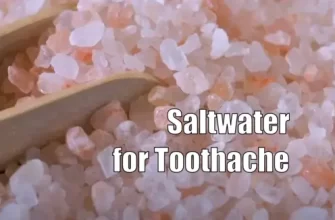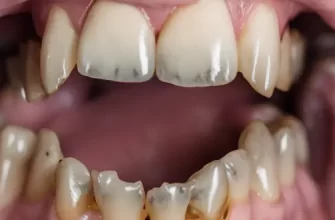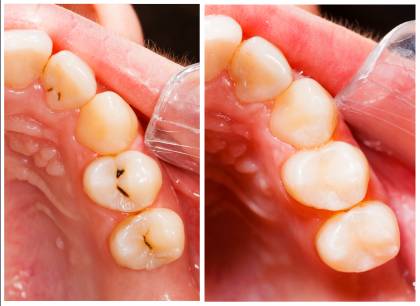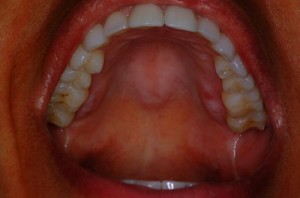When it comes to dental pain, few things are more dreaded than the sharp, persistent ache of irreversible pulpitis. But what is irreversible pulpitis, and why is it so painful? Let’s dive deep into this condition, understand its causes, and explore the treatment options available.
What is Irreversible Pulpitis?
Irreversible pulpitis is a condition where the dental pulp—the innermost part of the tooth containing nerves and blood vessels—becomes inflamed beyond repair. This inflammation leads to intense, continuous pain that can disrupt daily activities. But what causes this? Typically, irreversible pulpitis arises from untreated dental caries, trauma, or a cracked tooth that allows bacteria to invade the pulp. When the pulp gets inflamed to the point where it cannot recover, the damage is considered irreversible, and the pain persists until treatment is provided.
Did you know? Around 15% of adults experience dental pain severe enough to require immediate care, and pulpitis is one of the leading culprits in these cases (source: National Institute of Dental and Craniofacial Research).
How Does Irreversible Pulpitis Feel Different From Other Tooth Pain?
One of the defining characteristics of irreversible pulpitis is the intensity of pain, which often persists without external stimuli. Unlike reversible pulpitis, where the pain might subside after a stimulus (like cold or heat) is removed, irreversible pulpitis pain tends to linger and can even worsen. People often describe it as a “throbbing” or “pounding” pain that can radiate to the jaw or ear.
Can I manage pulpitis pain at home? The answer is, unfortunately, not really. Over-the-counter painkillers like ibuprofen may temporarily dull the pain, but they won’t treat the underlying issue. Leaving pulpitis untreated can lead to more severe complications, such as abscess formation or tooth loss.
Causes of Irreversible Pulpitis: Why Does It Happen?
Irreversible pulpitis often stems from untreated dental issues. Let’s break down some of the most common causes:
- Deep cavities: When bacteria penetrate deep enough to reach the pulp, the resulting infection can lead to irreversible inflammation. A 2022 survey showed that over 50% of irreversible pulpitis cases were directly linked to untreated cavities.
- Dental trauma: Physical trauma, such as a cracked or broken tooth, can expose the pulp to bacteria, triggering inflammation.
- Repeated dental procedures: Ironically, repeated dental procedures can sometimes damage the pulp tissue, especially if the tooth has been drilled multiple times. This can lead to eventual pulpitis even in teeth that have previously been treated.
Did you know? A cracked tooth is often a “silent culprit” of pulpitis. Cracks might not be visible to the naked eye but can allow bacteria to infiltrate the pulp over time, leading to inflammation.
Treatment Options for Irreversible Pulpitis
What is the main treatment for irreversible pulpitis? In most cases, root canal therapy (RCT) is the go-to treatment. During an RCT, a dentist removes the inflamed pulp, cleans the inside of the tooth, and seals it to prevent future infections. This procedure has a high success rate, with 95% of treated teeth lasting ten years or more, provided that good dental hygiene is maintained.
Another possible treatment is tooth extraction, which may be considered if the tooth cannot be saved or if the patient prefers this option. Extraction may be more cost-effective upfront but can lead to other costs related to tooth replacement or orthodontic adjustments.
Here’s a look at the estimated costs for these treatments in the U.S.:
| Treatment Option | Average Cost |
|---|---|
| Root Canal Therapy (RCT) | $700 – $1,500 per tooth |
| Tooth Extraction | $150 – $300 for simple extractions, up to $650 for surgical extractions |
If you find yourself facing irreversible pulpitis, consult with your dentist to determine the best option for you based on your overall oral health and financial situation.
Preventing Irreversible Pulpitis: Is It Possible?
Preventing pulpitis is largely about preventing cavities and reducing trauma. Practicing good oral hygiene—like brushing twice a day, flossing, and attending regular dental check-ups—is critical. Here’s a question we often get:
“If I’m careful, can I avoid pulpitis entirely?” The truth is, while good oral hygiene significantly reduces your risk, it may not eliminate it completely. Trauma or unforeseen dental issues can still lead to pulpitis. However, regular dental check-ups can catch potential problems early before they escalate to irreversible pulpitis.
Did you know? A recent study found that 60% of patients who experienced irreversible pulpitis had not visited a dentist for over a year (Journal of Endodontics, 2023). Regular check-ups could help identify potential issues early, reducing the need for more invasive procedures like root canals.
Expert Opinions and Advice From Our Editorial Team
So, what should you do if you experience signs of pulpitis? The best approach is always to seek professional advice as soon as you notice any persistent dental pain. Quick intervention can often prevent a condition from progressing to irreversible pulpitis. Root canal treatments, while often feared, are highly successful and are designed to save your natural teeth, which is always preferable over extraction whenever possible.
Our editorial team suggests maintaining a diligent oral hygiene routine and never postponing dental visits, especially if you suspect a cavity. Remember, dental pain should never be ignored, as it often signals something more serious. If you ever experience unrelenting toothache, contact your dentist promptly—a small step today could save you from a major procedure tomorrow.
FAQ Section
Q: How can I tell if I have reversible or irreversible pulpitis?
A: Reversible pulpitis pain typically subsides once a stimulus is removed, while irreversible pulpitis pain lingers or worsens even without a trigger.
Q: Are root canals painful?
A: The procedure itself is usually painless because local anesthesia is used. Some discomfort may be present afterward, but it’s manageable with painkillers.
Q: Can I avoid a root canal with antibiotics?
A: No, antibiotics alone cannot eliminate pulpitis, as the infected pulp must be removed to alleviate pain and stop further damage.
Q: Is tooth extraction cheaper than a root canal?
A: Yes, extraction is generally cheaper, but it may lead to higher costs later if you need a replacement, such as a dental implant.
Did you know? After a root canal, your treated tooth can still function just like your other teeth—a major reason why saving the tooth is preferable.









